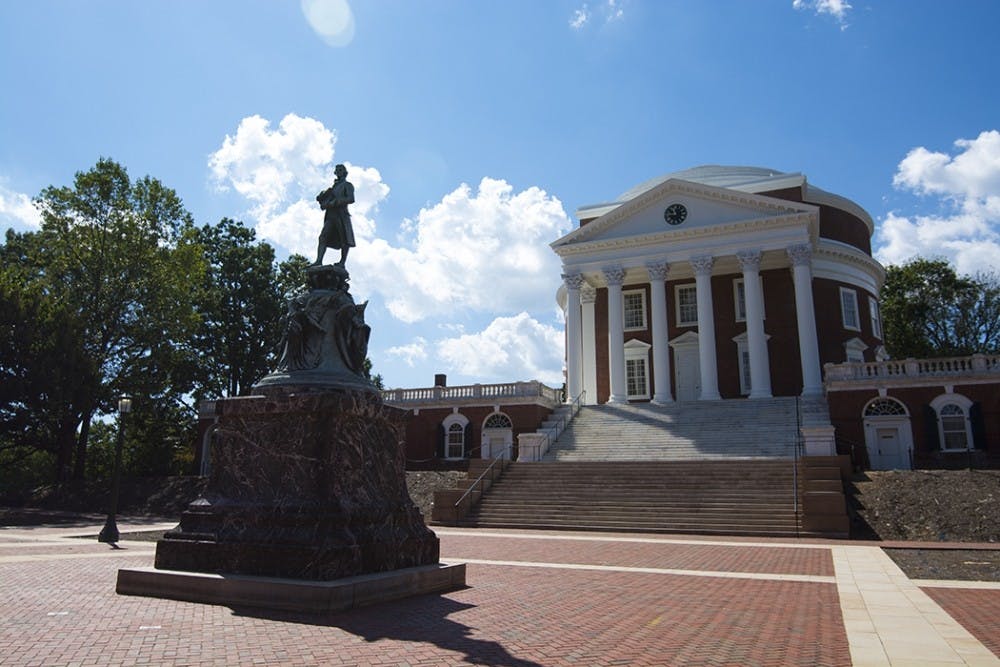The University announced its plan in late May to implement an early decision admission option for prospective applicants. This option will be available to prospective students as early as the next admissions cycle in fall 2019.
Currently, the University offers an early action admission track, which allows students to apply early without committing to the school. Alternatively, early decision is binding. Many have criticized this change for mainly appealing to wealthy students who do not need to consider financial aid packages before committing to a college. The implementation of early decision is just another failure of the University to accommodate low-income students.
Dean of Admissions Greg Roberts claims that administrators made this decision due to overwhelming demand from high school students. Roberts even stated, “by offering early decision, we can now offer plans for each type of student.”
Roberts acknowledged that early decision often halts the socioeconomic diversity of incoming classes and proposed a cap on early decision admission offers as a solution. Nevertheless, an analysis of the advantages of an early decision program benefits the University, instead of the students that its meant to foreground. Moreover, the process further marginalizes low-income students.
One advantage to the early decision program is that it can lower the regular decisions admissions rate, which has the effect of making colleges look much more selective statistically speaking. If a college fills a lot of its admissions spots through early decision, the fewer spots it needs to fill during regular admissions. In effect, the school can improve its “US News and Report” ranking, which makes the institution look more desirable.
The binding element of early decision also improves a college’s yield, which is the percentage of admitted students who actually accept their admission offers. Together, the decreased acceptance rate and increased yield can help improve the school’s national rankings. Nevertheless, these advantages do not necessarily positively impact the admissions process itself. In fact, university rankings are notoriously subjective and do not provide an accurate evaluation of a school’s academic or research quality. Administrators should also consider whether improving the University’s rankings at the expense of low-income students is a worthwhile pursuit.
The University chose to eliminate its early decision admissions track in 2006 in hopes of attracting more low-income students due to concerns that the program creates barriers for those applicants. While providing different timelines for students to apply on a schedule that suits them is important, the early decision process skews admissions towards wealthier students who do not need to compare scholarships and grants.
Many universities fill a significant percentage of their admissions slots through early admission. For example, in 2015, the College of William and Mary offered 50 percent of its admissions slots through early decision, though only 34 percent of the class ultimately ended up being early decision applicants. Even though the review process for both admissions tracks is the same, an admissions process that appeals largely to wealthier students creates a significant problem for socioeconomic diversity at colleges and universities. In fact, high achieving students from low-income families are half as likely to apply early.
Continuing to offer early action as the only choice for applicants seeking to apply before the regular admissions process still allows for students to adhere to the admissions process that best suits them. Even in light of the popular criticisms of this admissions track, the University still announced its implementation without a concrete plan to protect low-income students who wish to have equal standing while being considered for admission. Despite the intentions of the program to make the University’s admissions programs more accessible for prospective students, early decision will only allow for students who do not consider financial aid in their college decision to secure acceptance slots, far before it is convenient for low-income students to apply.
Victoria McKelvey is a Senior Associate for the opinion section of The Cavalier Daily. She can be reached at v.mckelvey@cavalierdaily.com.







